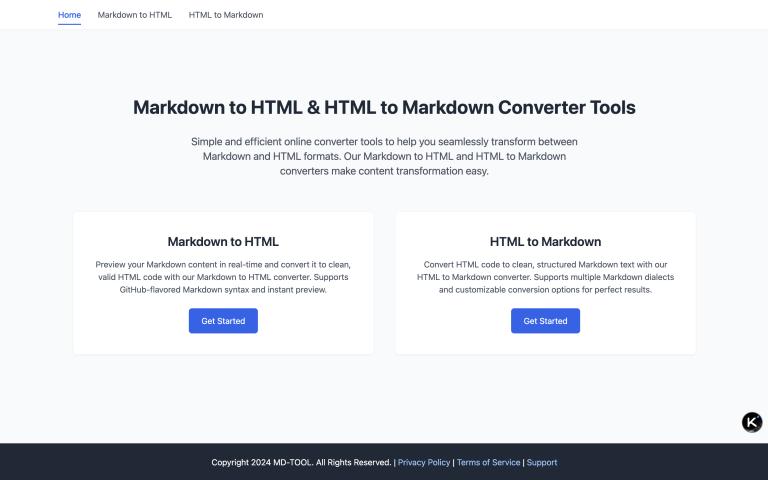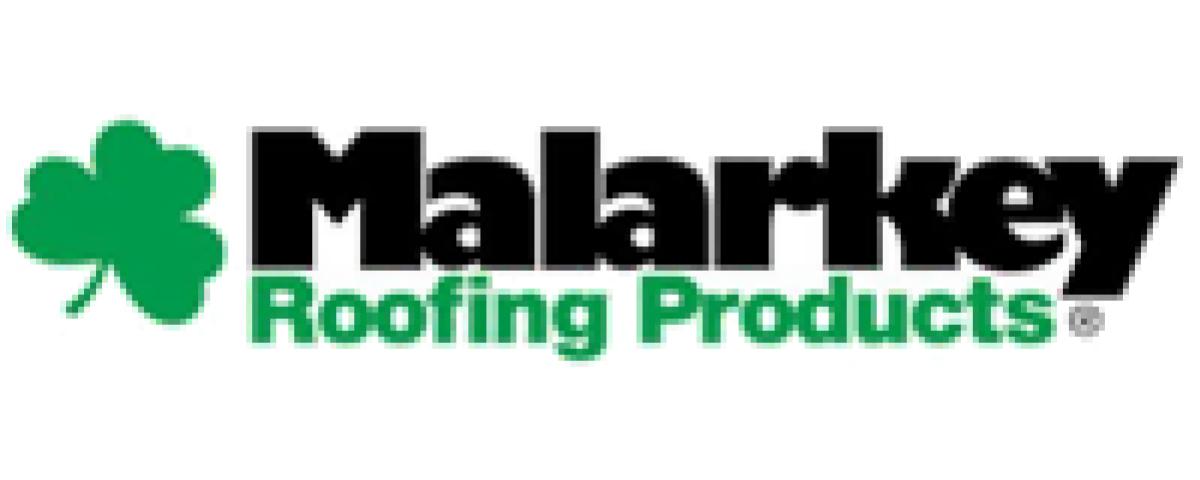In today’s fiercely competitive landscape, the efficiency of sales and marketing operations is paramount for sustainable growth. For C-suite executives, understanding and optimizing lead qualification is no longer a peripheral concern, but a strategic imperative. This article delves into the nuances of effective lead qualification, outlining its critical role in maximizing ROI and driving revenue.
1. The Foundation: Defining and Understanding Lead Qualification
At its core, lead qualification is the process of evaluating potential customers to determine their likelihood of becoming paying clients. It involves assessing various factors, including demographics, firmographics, engagement levels, and expressed needs. A well-defined lead qualification process ensures that sales teams focus their efforts on the most promising prospects, thereby minimizing wasted resources and accelerating the sales cycle.
For the C-suite, this translates to tangible benefits: reduced cost per acquisition (CPA), increased sales productivity, and improved overall revenue generation. A robust lead qualification framework allows for precise targeting, ensuring that marketing and sales efforts are aligned with the organization’s strategic objectives.
2. The Strategic Imperative: Why Lead Qualification Matters to the C-Suite
From a high-level perspective, lead qualification is about optimizing resource allocation. By filtering out unqualified leads, businesses can focus on prospects with the highest potential, leading to a more efficient sales process. This strategic focus is crucial for achieving sustainable growth and maintaining a competitive edge.
- Enhanced Sales Efficiency: By prioritizing qualified leads, sales teams can dedicate their time and resources to prospects with a higher probability of conversion. This results in shorter sales cycles and increased deal closure rates.
- Improved Marketing ROI: Effective lead qualification ensures that marketing efforts are targeted towards the right audience, leading to higher conversion rates and a better return on marketing investment.
- Data-Driven Decision Making: A robust lead qualification process generates valuable data that can be used to refine marketing and sales strategies. C-suite executives can leverage this data to make informed decisions and optimize their overall business strategy.
- Customer Experience Enhancement: By focusing on qualified leads, businesses can provide a more personalized and relevant experience, leading to higher customer satisfaction and loyalty.
- Predictable Revenue Growth: A well-structured lead qualification system creates a predictable pipeline, enabling accurate revenue forecasting and strategic planning.
3. The Process: Key Components of Effective Lead Qualification
Implementing a successful lead qualification process involves several key components:
- Defining Ideal Customer Profiles (ICPs): Identifying the characteristics of your ideal customer is the first step in effective lead qualification. This involves analyzing existing customer data to identify common traits, such as industry, company size, and job title.
- Implementing Lead Scoring: Lead scoring involves assigning points to leads based on their engagement and fit with the ICP. This allows sales teams to prioritize leads based on their likelihood of conversion.
- Utilizing CRM Systems: Customer relationship management (CRM) systems play a crucial role in managing and tracking leads. These systems provide valuable insights into lead behavior and enable sales teams to personalize their outreach.
- Establishing Clear Qualification Criteria: Defining specific criteria for qualifying leads ensures consistency and objectivity in the process. This may include factors such as budget, authority, need, and timeline (BANT).
- Sales and Marketing Alignment: Effective lead qualification requires close collaboration between sales and marketing teams. This ensures that marketing efforts are aligned with sales objectives and that leads are seamlessly transitioned between the two departments.
4. The Technology Edge: Leveraging Tools for Enhanced Lead Qualification
Modern technology offers a range of tools and platforms that can streamline the lead qualification process.
- Marketing Automation Platforms: These platforms automate lead nurturing and scoring, ensuring that leads are engaged with relevant content at every stage of the sales funnel.
- Predictive Analytics: Predictive analytics tools use machine learning algorithms to identify high-potential leads and predict their likelihood of conversion.
- AI-Powered Chatbots: Chatbots can engage with website visitors and collect valuable information, helping to qualify leads in real-time.
- Data Enrichment Tools: These tools provide additional information about leads, enabling sales teams to personalize their outreach and improve their conversion rates.
5. The Human Element: Balancing Automation with Personalization in Lead Qualification
While technology plays a crucial role in lead qualification, it’s essential to remember the human element. Automation should be used to enhance, not replace, personalized interactions.
- Personalized Communication: Tailoring communication to the specific needs and interests of each lead can significantly improve conversion rates.
- Building Relationships: Establishing strong relationships with potential customers is crucial for building trust and fostering long-term loyalty.
- Active Listening: Understanding the needs and pain points of potential customers is essential for providing relevant solutions.
6. The Future of Lead Qualification: Trends and Innovations
The landscape of lead qualification is constantly evolving, driven by technological advancements and changing customer behavior.
- Account-Based Marketing (ABM): ABM focuses on targeting specific high-value accounts, requiring a more targeted and personalized approach to lead qualification.
- Intent Data: Intent data provides insights into the online behavior of potential customers, enabling sales teams to identify leads that are actively researching solutions.
- AI and Machine Learning: AI and machine learning are increasingly being used to automate and optimize the lead qualification process, enabling more accurate and efficient lead scoring.
7. Measuring Success: Key Metrics for Evaluating Lead Qualification Effectiveness
To ensure the effectiveness of your lead qualification process, it’s essential to track key metrics:
- Conversion Rate: The percentage of qualified leads that convert into paying customers.
- Sales Cycle Length: The average time it takes to convert a lead into a customer.
- Cost Per Acquisition (CPA): The cost of acquiring a new customer.
- Lead-to-Opportunity Ratio: The percentage of leads that become qualified opportunities.
- Customer Lifetime Value (CLTV): The total revenue generated from a customer over their lifetime.
8. Conclusion: The C-Suite’s Strategic Advantage Through Optimized Lead Qualification
For C-suite executives, mastering lead qualification is a strategic imperative that directly impacts the bottom line. By implementing a robust and data-driven lead qualification process, businesses can optimize their sales and marketing efforts, improve ROI, and drive sustainable growth. In a world of increasing competition and fast paced changes, a refined lead qualification plan is a must have.






